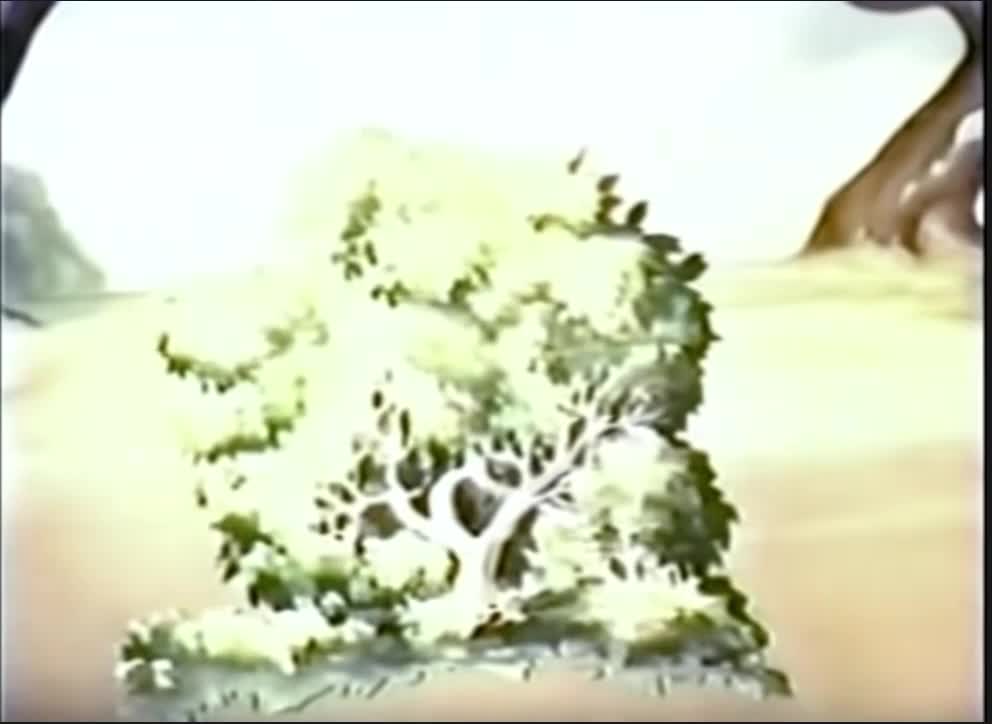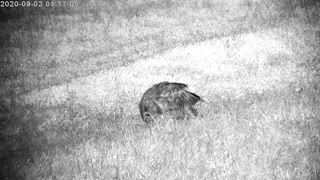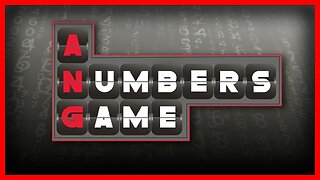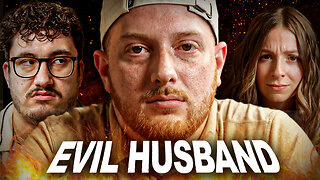Premium Only Content

All This and Rabbit Stew c. 1941 : The Censored Eleven
The Censored Eleven is a group of Looney Tunes and Merrie Melodies cartoons originally produced and released by Warner Bros. that were withheld from syndication in the United States by United Artists (UA) in 1968. UA owned the distribution rights to the Associated Artists Productions library at that time and decided to pull these eleven cartoons from broadcast because the use of ethnic stereotypes in the cartoons, specifically African stereotypes, was deemed too offensive for contemporary audiences. The ban has been continued by UA and the successive owners of the pre-August 1948 Looney Tunes/Merrie Melodies. These shorts have not been officially broadcast on television since 1968 and have only been exhibited once theatrically by Warner Bros. in Spring 2010 (see below for more details) since their withdrawal. They have turned up, however, on low-cost VHS and DVD collections over the last thirty years.
https://en.wikipedia.org/wiki/Censored_Eleven
The third and final censored film from director Tex Avery and also the only film of the series to star Bugs Bunny is the “Merrie Melodies” episode All This and Rabbit Stew (1941). An African American hunter tries repeatedly and fails to shoot the bunny The hunter has large lips and feet, and he speaks in the standard ethnic dialect for African American fictional characters in popular culture at the time. Just when the hunter has a close range to shoot as the film ends, Bugs entices him to gamble and proceeds to literally win the clothes of his adversary’s back. Then, the bunny derisively imitates his humiliated predator’s shuffle and dialect.
The cartoon has some novel approaches to the hunter-prey formula that Avery had initiated in Bugs’s debut A Wild Hare just one year earlier. The hunter transforms into a fireball when fleeing a bear at top speed, and he changes into a lollipop after Bugs suckers him into running off a cliff. Bugs does a take in which his limbs briefly separate from his body in all directions while he screams in fright at the hunter’s gun. Carl Stalling’s use of boogie-woogie jazz for the hunter’s scenes is ethnic musical symbolism, but it is at least an updating that moves away from the minstrel songs of previous Censored Eleven films.
All This and Rabbit Stew did well before its placement among the Censored Eleven. During the film’s first-run theatrical distribution in 1941 and 1942, exhibitors gave positive feedback. However, it was not placed in the “Blue Ribbon” series of theatrical reissues. A new generation of viewers saw Bugs tangle with an African American when the cartoon came to television in 1957, and there it stayed for the next eleven years.
So, why was it censored in 1968? The image of the rural, shuffling African American in dialect was out of step with the times, and Bugs’s mimicking of the shuffle and dialect did not help matters. The dice game and the hunter’s weakness towards it also smacked of ethnic stereotyping. By 1968, however, The Bugs Bunny Show allowed post-1948 episodes of Bugs to appear on network television, and he had no other pre-1948 episodes on the Censored Eleven list. The removal of one cartoon, therefore, had little effect on his television stardom. Still, Bugs may have vanquished the hunter, but United Artists exiled him to history.
https://cartoonresearch.com/index.php/the-censored-11-all-this-and-rabbit-stew-1941/
-
 6:43
6:43
TheOutdoorsChef
4 years agoWild Rabbit Stew and Dumplings with The Outdoors Chef
701 -
 0:09
0:09
Mofukshit
4 years agoRabbit catcher
2631 -
 1:08
1:08
bahosse
4 years agoArchaeologist rabbit
117 -
 8:13
8:13
Nighthawk Creations
4 years ago $0.04 earnedGlass Rabbit
2.11K7 -
 11:00
11:00
Wildlife In My Yard
4 years agoOwl Catches Rabbit
57 -
 0:56
0:56
amy4c
4 years agoRabbit Hunters Dream
99 -
 56:42
56:42
VSiNLive
1 hour agoA Numbers Game with Gill Alexander | Hour 1
4.72K -
 LIVE
LIVE
Caleb Hammer
55 minutes agoHe's A Monster | Financial Audit
149 watching -
 LIVE
LIVE
Benny Johnson
1 hour agoWhy The Epstein Question Will Never Die | Answering it is Critical to the Future of America...
7,814 watching -
 LIVE
LIVE
The Big Mig™
2 hours agoThe War On The Deep State Begins, Spymasters Brennan & Comey Going Down!
5,529 watching